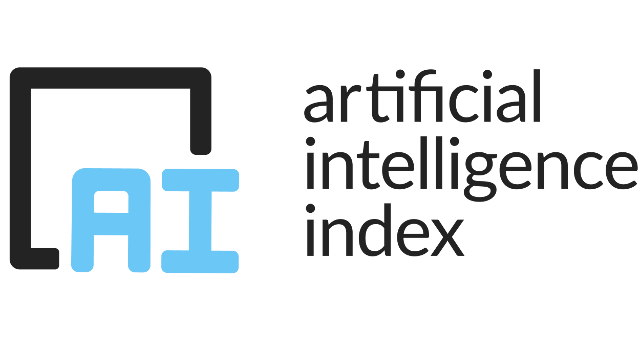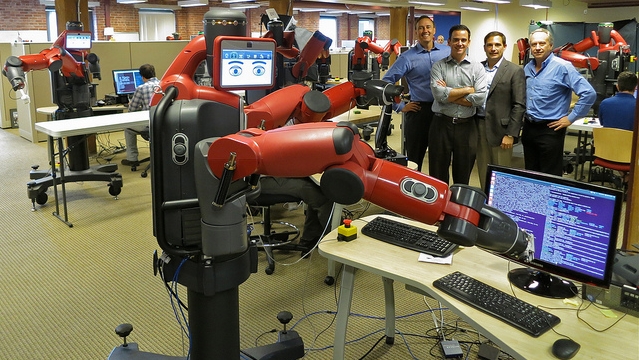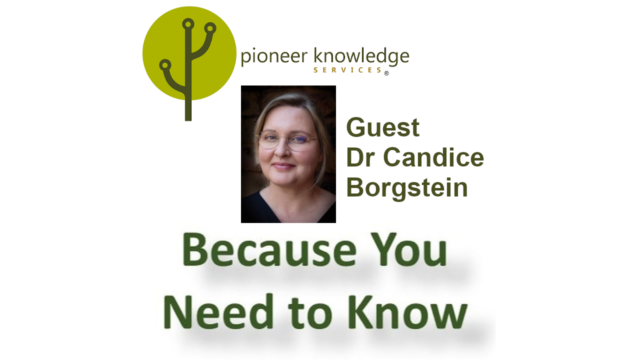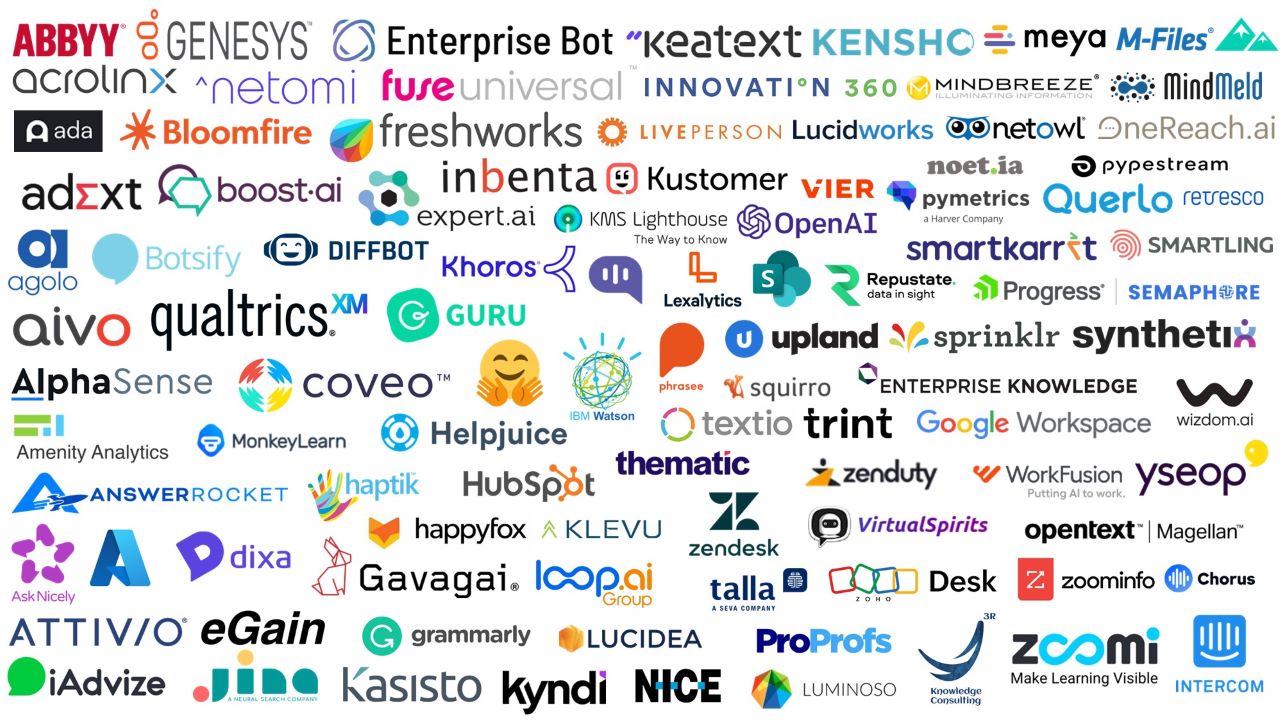
AI-based KM features for social learning and personal capabilities [Generative AI & KM series part 2]
This article is part 2 of the series AI integration strategy for learning and knowledge management solutions.
A comparative study of 100 generative AI tools in the context of learning and knowledge management (KM) was conducted and has resulted in a set of 35 KM processes where generative AI1 has augmented their experience, implementation, and execution. This article (part 2 in the series) focuses on social learning and personal capabilities KM processes.
Part 2. Social learning & personal capabilities
2.1. Personalized learning & assisted coaching
Develop targeted learning and development (L&D) programs to upskill or reskill employees with personalized course recommendations to close any skill gap. AI knowledge sensors can track each learner’s behaviors to unlock hidden dimensions that identify their learning style. They build capability reports with behavior recommendations and learning content. AI knowledge sensors can be utilized to enable adaptive learning paths and improve content governance. Employees can efficiently navigate to the most up-to-date learning assets and can get directions for relevant content for their career growth. For example, gamified learning experiences, interactive videos, and expert-led webinars. Generative AI can provide assisted coaching by giving feedback, insights, and actionable supervision on employees’ performance. For example, insights into learning styles, teamwork styles, and development strategies.
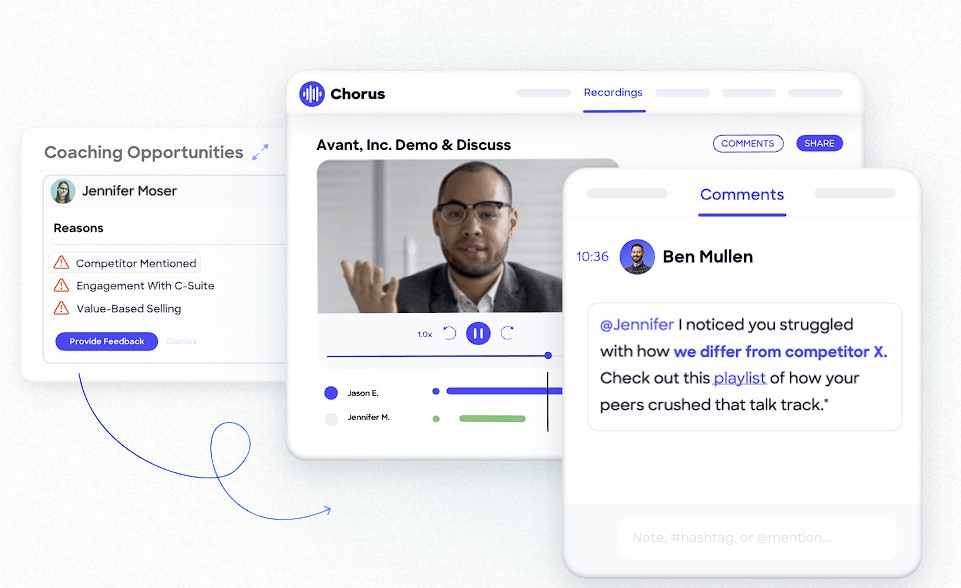
2.2. Skills suggestions for capabilities building
With the help of generative AI, human resources and talent development leaders can explore the inherent soft skills and capabilities of the workforce, highlighting similarities & differences across the organization. The leaders can match potential and current talent to their best fit roles as expected by the organization. AI algorithms can measure learners’ actions through behavior, cognitive, and engagement preferences. They help in identifying the learners’ skills gaps, suggest bite-sized learning modules and adapt content in real-time to accelerate skill development.
AI algorithms can help in identifying capability gaps between high and low performers based on behavioral assessment. They can provide leaders with development reports and insights to elevate 1–1 personalized skills development plans for their own career growth. At team level, AI algorithms can help in identifying winning behaviors by comparing with A-grade teams and then recommending the favorite behaviors. Teams can reduce new hire ramp time, drive methodology adherence, and can increase their team’s performance.
2.3. Automated multi-language learning
With the help of generative AI, audio and video content can be transcribed and translated in many languages, so content can be tailored for a global audience in near real-time. AI can help in automating speech-to-speech translation – a training video developed in English speaking language can be automatically regenerated in French speaking language (or other) making the training video available for new audience in short time. AI translation algorithms can specialize in domain-specific language for higher accuracy, for example banking, finance, legal, etc.
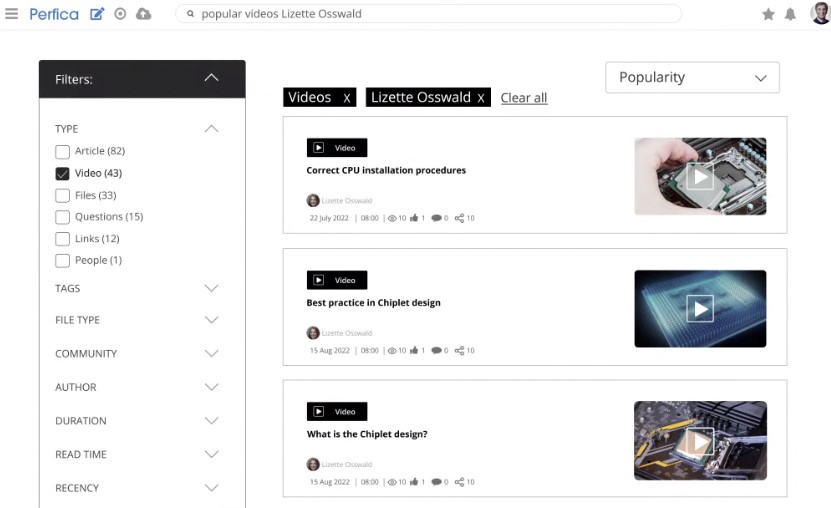
AI algorithms can self-correct and handle the complexities of business audio, including industry jargon, accents, numbers, currencies, product names, as well as the nuances of spoken language, including mumbling, and stuttering. AI algorithms can make the audio and video content searchable and accessible across multiple languages. Search results will return content from the prompt language as well as other language.
2.4. Dynamic creation of curated learning style
With the help of generative AI, learners can augment their learning strategies and curate content specifically for each learner based on their behaviors and preferences. Learners can have their dedicated learning space with a dashboard of activities, progress, helpful tips with the ability to connect with fellow learners. AI algorithms can help learners to find information and learning resources specific to their expertise and skills. Learners can configure role-based learning hubs relying on deep learning AI models. Once configured intelligent curation will prioritize content to watch based on a person’s role, geography, and preferred language. Learners will get recommendations for tutorials, videos, and learning resources.
In context of health and pharmaceutical industry, employees can stay up to date with the latest information as new trials are registered or updated. Healthcare experts can get instant updates and alerts for their topics of interest, scans the landscape for the latest scientific and biopharma news, including drug approvals, trials, conferences and more.
2.5. Suggestion of matching mentor-mentee pairs
Generative AI can help in suggesting a matching mentor-mentee pairs in the context of a community-based knowledge transfer. The mentoring relationship allows engineers to enroll in a learning activity with experts for critical skills development. Unlike traditional programs, community-based mentoring is a one-to-many transfer of critical knowledge which is shared with the whole community. The mentee acts as a mediator to transfer the know-how from the mentor to the whole community members. The AI algorithms can identify the required expertise after conducting a gap assessment for missing critical knowledge and/or expertise. The AI can later locate and map the required expertise to the best fit community and suggest experts within this community. The mentor-mentee pair will capture, formalize, and share the know-how with the whole community.
Examples of AI-Based KM tools for social learning and personal capabilities: Fuse Universal, Zoomi, ZoomInfo Chorus, Textio, Kensho Scribe, Trint.
Next part (part 3): AI-based KM features for knowledge co-development and exchange.
Header image source: Author provided.
Reference:
- Najjar, R. (2023, July 13). Preliminary Understanding of Generative AI: What & How? Medium. ↩


